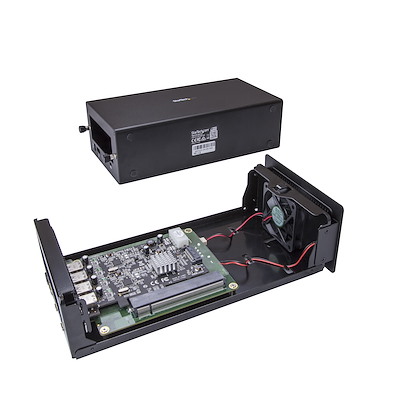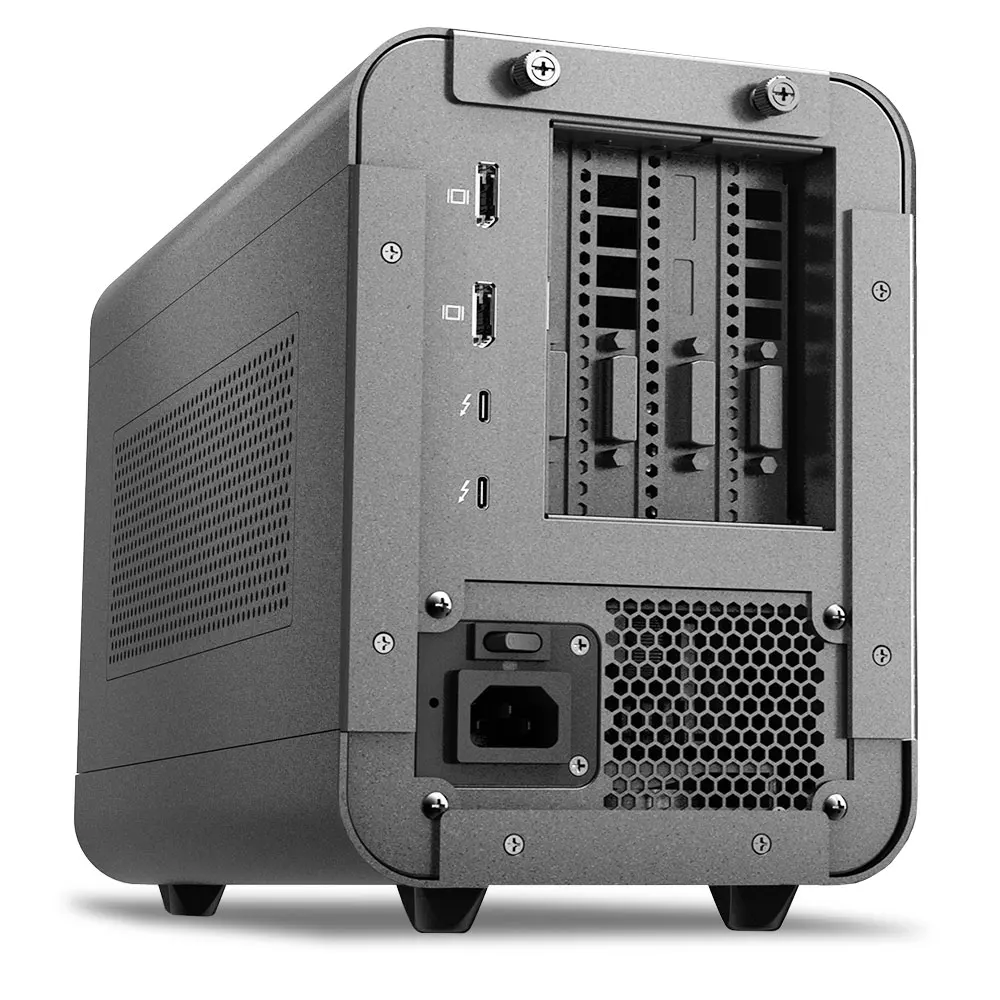

- Pcie thunderbolt 3 card for pc driver#
- Pcie thunderbolt 3 card for pc Pc#
- Pcie thunderbolt 3 card for pc mac#
so if I need to reboot my MacPro, I have to go over to the network closet, disconnect the QNAP NAS from the end of the TB chain, go back to my edit bay, reboot the mac, wait for everything to mount properly during boot, then go back to the closet and reconnect the QNAP NAS. The Thunderbolt 3 / USB3.1 Type-C port is also capable of outputting a display signal meaning you can daisy.
Pcie thunderbolt 3 card for pc Pc#
This product has been tested and validated on Dell systems. The ASUS Thunderbolt EX 3 PCIe card adds Thunderbolt 3 compatibility to your PC allowing you to achieve breathtaking file transfers of up to 40Gbps, which is twice the speed of Thunderbolt 2 and four times faster than USB3.1. The second option ** as none of my volumes mount at boot and services that depend on them fail. Dell Thunderbolt 3 PCIe card - 2 Type C Ports, 1 DP in Low Profile The PCIe Card from Dell is ideal for connecting your server to your network.
Pcie thunderbolt 3 card for pc mac#
To resolve, I either have to unplug the QNAP NAS from TBolt before I reboot, or I have to unplug it afterwards (with my other DASD Array volumes MISSING/FAILING TO MOUNT), and waiting for the other arrays to sense the mac and reconnect the block storage.
Pcie thunderbolt 3 card for pc driver#
Something about how the QNAP software driver initializes the IP-over-TB networking on that interface for sensing the QNAP NAS via TBolt seems to conflict with the DASD block device initialization/negotiation that needs to occur with the other disk arrays. On that note, I've had problems accessing my _other_ DASD arrays when connected to the same TBolt device chain as the QNAP NAS when rebooting my Mac Pro. Your QNAP device will show up in a System Report as "nas" in the thunderbolt device tree list, but the volumes will NOT show up on the Storage list like a DASD array volume will, and will not have a /dev/disk# device assignment, rather the mounted volumes show up under the System Report Network > Volumes list as either afpfs (Apple File Protocol) or cifs (Windows File Sharing) volume types depending on which network service type you have enabled and used to mount the volume. I was thinking of using a xcsource v8.4 exp gdc PCIe-E 16 x to do just that. That way I can connect a graphics card to the laptop as well as other thunderbolt enabled stuff. It uses the thunderbolt networking capability (you have an IP address for the TBolt interfaces on the NAS), and does NOT provide the same block-level storage device connectivity as say a Promise Pegasus P2 array. And I was thinking that adding a Thunderbolt port using an external adapter might come in handy.

Even connected via thunderbolt, the storage array volumes show up as network file share volumes over IP, not DASD.

It's doesn't represent as a block device like other TB arrays. Still limited to AFP, CIFS, NFS, or iSCSI network protocols for volume mounts. it's still a NAS pure and simple - just with multiple physical interconnect options. The whole "DAS" bit on the QNAP site is all marketing optics, and VERY misleading technically.


 0 kommentar(er)
0 kommentar(er)
